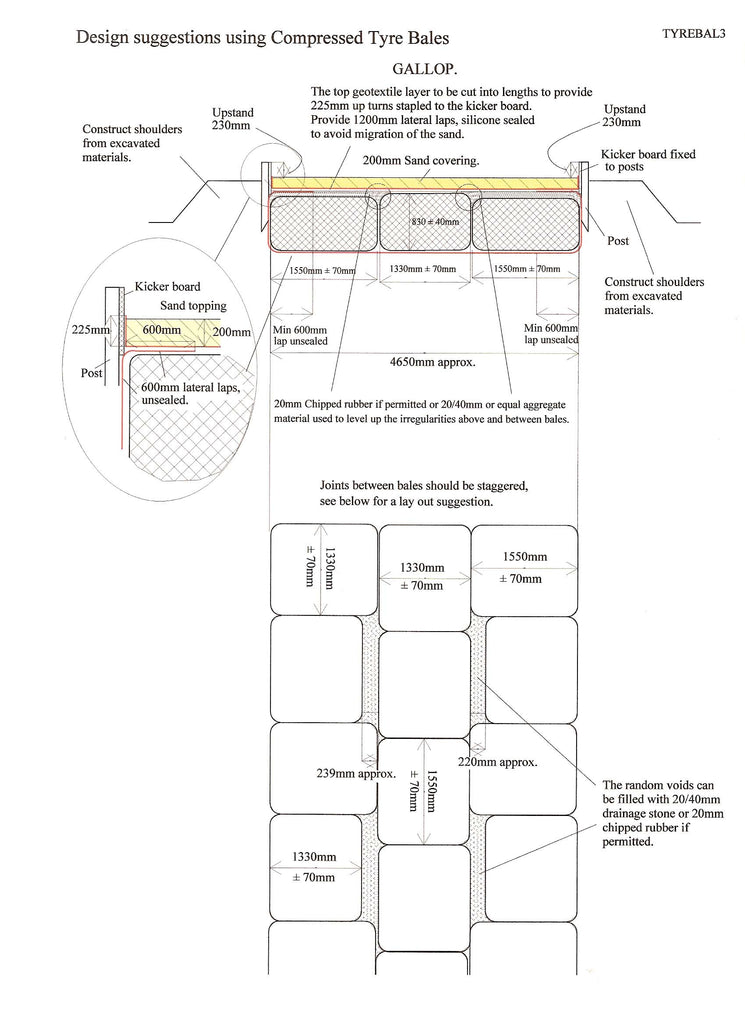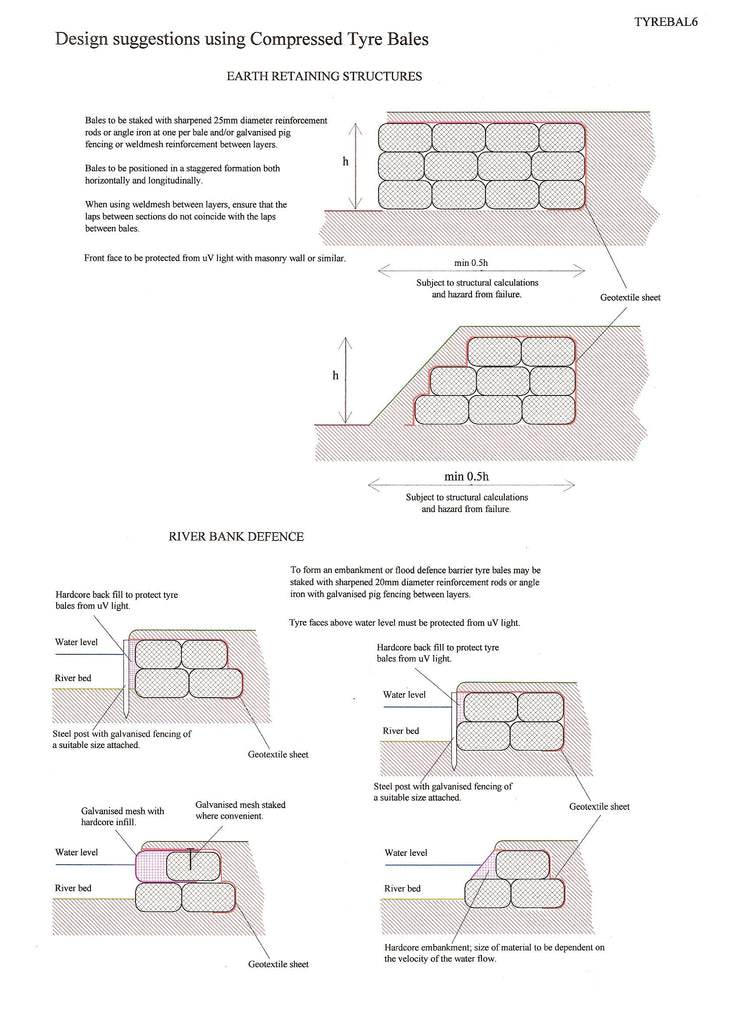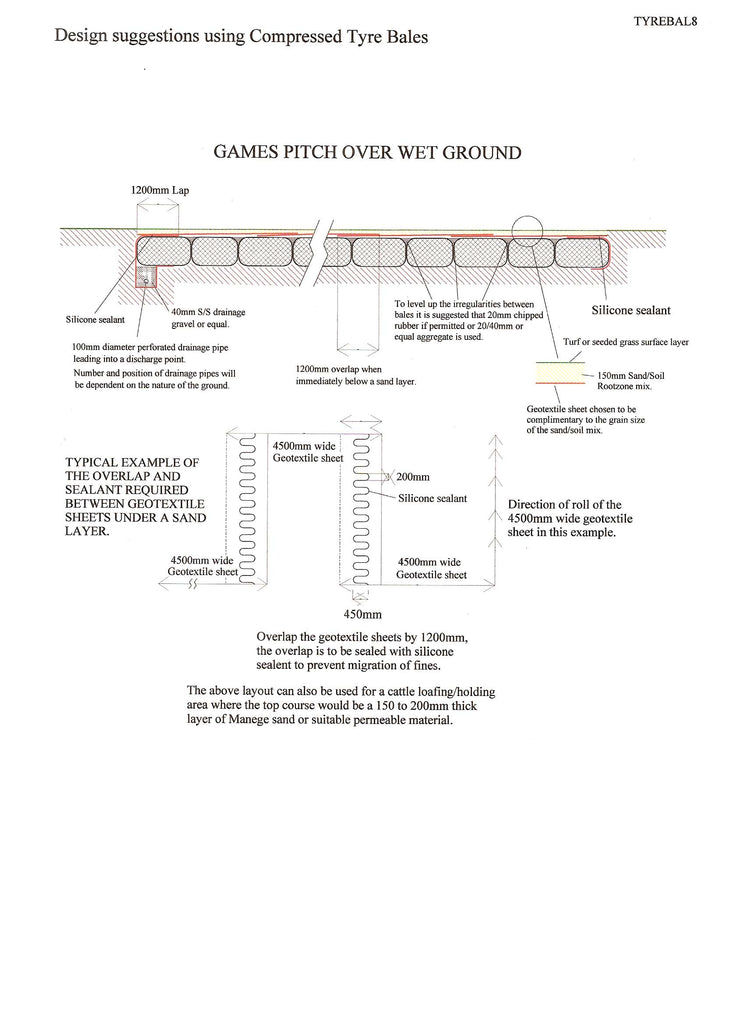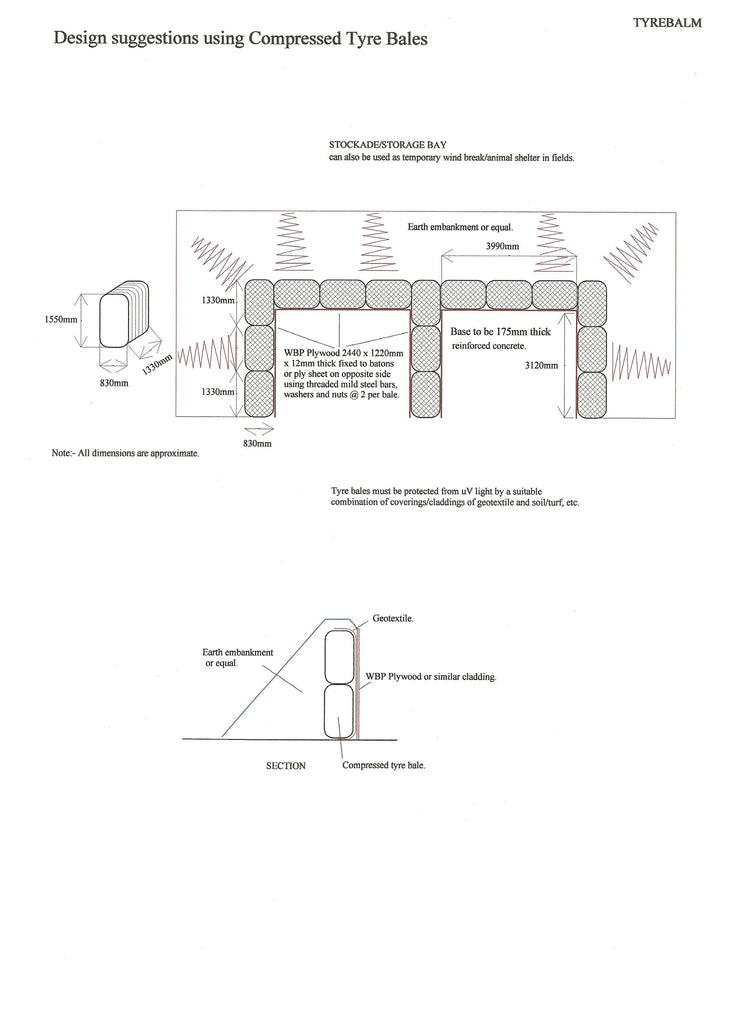Articles
Soil Constituents and Structure May 05 2015
Soil is a largely unrecognised wonder of the natural world. When dried it normally comprises about 70% minerals and 30% plant litter, humus, fungi and a variety of other animal life forms. To determine the mineral content of oven dried soil the organics are burnt off to form ash and the remaining mineral content is weighed.
Over billions of years the bare rocks of the earth were transformed to create an intricate microscopic landscape. Soil provides plants with accessible nutrients necessary for life by enabling the conversion of constantly replenished plant material.
The top horizon of a soil profile comprises coarse decomposing plant litter which becomes progressively finer with depth until invisible to the eye. This decomposition is started by various fungi which can release nutrients to the soil. Fungi release enzymes capable of breaking down even coarse organic material, like wood, to exude nutrient in the form of humus for the nourishment of both plant and animal life forms. 70-90% of land plants will form a partnership with fungi for nutrient exchange. Water and minerals are exchanged for photosynthesised sugars. Oyster mushrooms which are deficient in nitrogen are now being used effectively to remedy soils contaminated with petrochemicals in the USA.

Microorganisms such as:



Tardigrades (water bears/moss piglets)
and

Rotifers create the fertility of the soil.
The animal with the greatest impact is the earthworm – the eco-system engineer, which burrows into the earth to create a ventilation system. They forage above ground by night and eat and digest the dead vegetation underground supporting the work of the fungi. The material, which is digested by bacterial action in the earthworm’s gut, produces soil which is rich in nutrient.
So to keep nutrients flowing from dead plants to live plants we need to interpose the action of fungi, bacteria, animals and microorganisms to create a cycle of life.
The minerals need to eventually be arranged to create an open scaffold to enable the process to continue efficiently with the availability of air and water to supply the processes and to provide accessible routes and drainage for the various roots mycelium and microorganisms.
Invasion of the Killer Weed July 15 2014
by Matt Rudd - The Sunday Times Magazine : 13 July 2014
It's eating our gardens, destroying our houses and ruining our lives. Can anything free us from the insidious grip of Japanese knotweed?
An estimated 220,000 homes now have it and that figure is growing exponentially. In a single Tuesday morning at the headquarters of Environet, a firm specialising in the eradication of Japanese knotweed, the phone rings 20 times. The calls come in varying stages of hysteria. "Our first job is to calm them down and do an identification," says Environet's Mark Thompson. "If it is knotweed, we put a plan of action in place."
In 2011, a Hertfordshire couple came close to demolishing their £300,000 new-build home after knotweed from adjoining derelict land started coming up through their floorboards and in 2004, the plight of Boscastle residents (already struggling after half their village was swept away in floods) was exacerbated by a plague of knotweed washed downstream from an allotment.
The explorer, the man who would cost Europe hundreds of millions doing battle with knotweed, was Phillip von Siebold. Appointed expedition doctor to the Dutch trading settlement in Japan, he had full access to the then closed country and used this privilege to harvest hundreds of exotic plants for sale in Holland. On 9 August 1850, knotweed crossed the Channel. The post room at the Royal Botanic Gardens, Kew, received a specimen of the plant from Siebold, they added it to their collection. That was it. The triffid had arrived.
The British Nurseries of that time began selling it with enthusiasm, and the gardeners of the day advocated its use. None of them had worked out that it was uncontainable. It is tall and rapid spreading. In early Summer, it will be growing 10 centimetres per day, and if you watch it closely enough, you can actually see it grow. "This will spread several feet in every direction each year" says Mark Thompson. Around its edges, tendrils are throttling native nettle and bramble.
This series of maps shows how knotweed has taken root in Britain over the past century:

When the 2014 map is compiled, apart from a couple of patches in the very remotest parts of Scotland, it will be a solid block of colour. Even the Shetlands are infested. Experts agree that, as of 2014, it is now... everywhere. It is the year of the Triffids.
Remarkably, knotweed has never spread by pollination in Britain. Every single plant in the country shares the same DNA as that first plant Siebold bottled. It spreads purely by regeneration, from small pieces growing into whole new plants. Every time a gardener attempts to dig it up and dump it, or strim it, or Flymo it, or compost it, or take it down to the dump, it spreads. It relishes disturbance.
To make matters worse, knotweed is very hard to kill. This is, after all, a monster that prospered where no other plant could, in the inhospitable lava fields of Japan. You can't just use Weedol. You can't just dig it out with a spade. The root system is three metres deep.
The trick is to poison it slowly, subtly, so it won't notice. The process can take up to five years. Knotweed costs the country £165m a year, should we not have a more unified approach? There is a plan. An attempt to fight fire with fire, or more specifically, weed with a bug. At the Centre of Agricultural Bioscience International (Cabi), Dr Richards Shaw is standing in a greenhouse surrounded by knotweed plants. Each plant is covered in a white shroud. There are 186 species of insect which feed on Japanese knotweed in Japan. There are zero here. Over the past decade, Dr Shaw and his colleagues have been whittling the 186 knotweed-eating bugs down to one that might work as an effective biocontrol here in Britain. The winner is a psyllid which, to the point of starvation, only eats knotweed.
So here we have this one super-specialist bug that eats nothing else and is eaten by nothing else. Four years ago, after extensive tests in quarantine, it was released at eight top secret sites around the country. Next year is the final year of this field trial, after which Dr Shaw must make his case for a wider release. Can he be certain there will be no unintended consequences? "We are introducing an organism that wasn't present before and there will be some interaction," he says, "but you've got to look at the do-nothing option. If we do nothing, the knotweed will continue to do what it's doing, which is displacing everything and reducing biodiversity. Doing nothing is not a safe option."
Will it be successful? "It's too soon to say. It took six years to establish the grey squirrel. It took 10 for a rust that controlled black myrtle in South Africa to have any effect. This sort of thing is a long-term project."
With knotweed, the early intervention option has long gone. Outright elimination is not financially viable either. If the psyllid works, Fallopia Japonica will finally have a natural control, as it does in Japan. If it doesn't work, we're back to square one.
RHS Advice says:
Control Options for Japanese Knotweed -
- Digging out Rhisomes is possible, but not recommended due to the depth they can penetrate, and the fact that even tiny fragments can regenerate. Digging out also creates disposal problems: Japanese Knotweed is classed as 'controlled waste' under the Environmental Protection Act 1990, so must be disposed of at licensed landfill sites (an alternative is to allow it to dry on site before burning every scrap).
- By far the simplest control option for householders is to treat stems with glyphosate-based weedkiller such as Roundup Tree Stump & Root Killer. In late Summer cut all stems to 20cm (8in). Rupture the central stem tissue with a screwdriver and apply the herbicide according to the label instructions. Repeat the treatment in subsequent years as necessary.
- You can also apply glyphosate-based herbicide to the foliage, ideally when the plant is in flower in Summer. Or allow stems to grow to 1m (39in) and spray in May, retreating later as needed. Repeat-spray until the plant is eradicated. Glyphosate-treated knotweed has small-leaved, bushy regrowth unlike the normal plant: it is essential this is also sprayed for good control.










